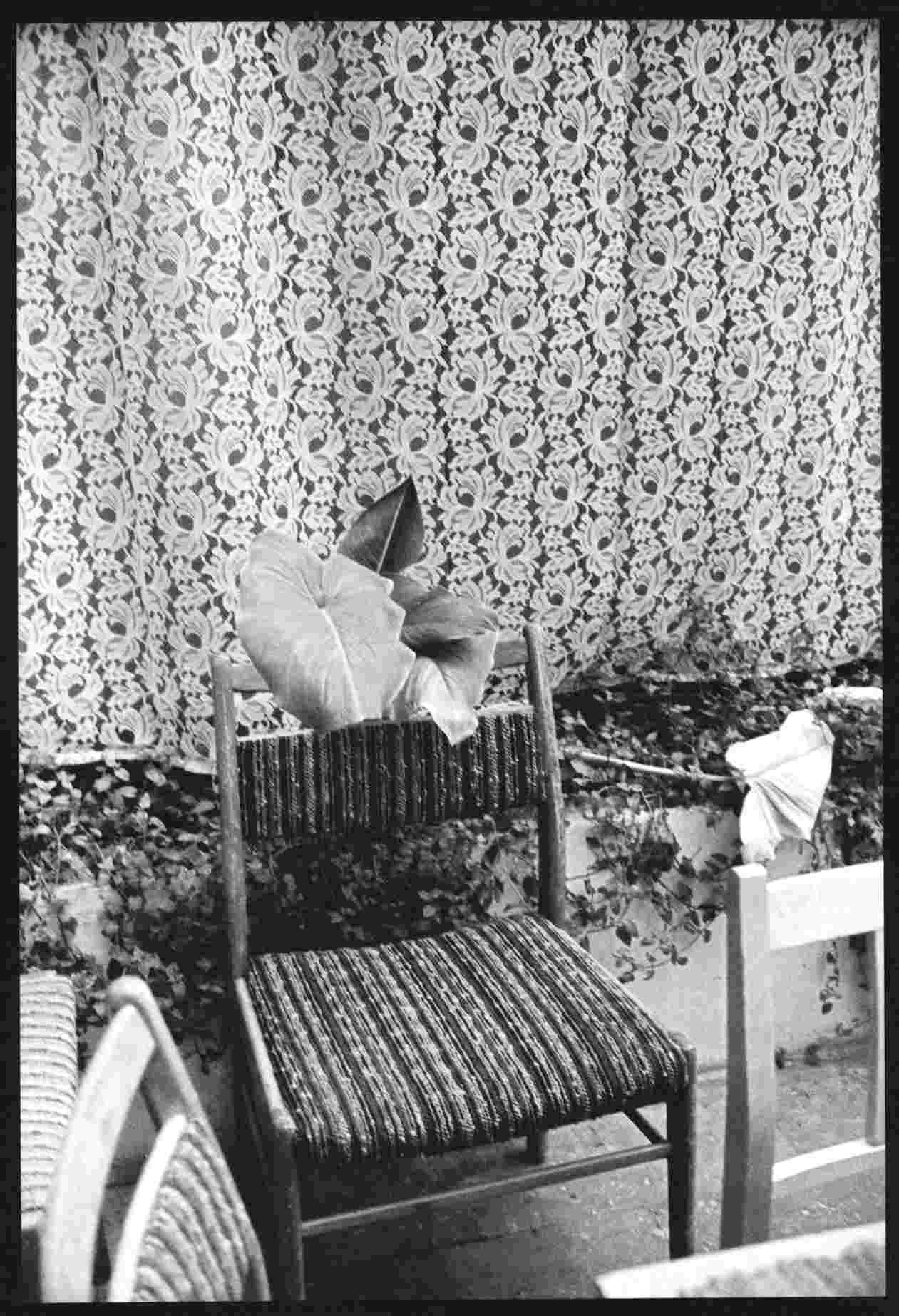
THE PLATINUM PALLADIUM PRINT
The tonal range achieved with this process remains unequaled in the analog printing realm, and creating a richness rarely achieved in the digital print. While the
Platinum / palladium print can be as sharp as any other photographic image produced digitally or otherwise, the tonality gives it distinct depth and dimensionality unique to this printing process. This is why many of the most famous photographers in history have frequently used this method, such as Ansell Adams, Edward Steichen, Alfred Stieglitz, Edward Weston and Paul Strand just to name a few.
Another important factor is the prints archival longevity. The platinum / palladium process is the most durable printing process known. Because the noble metals used in the printing process (platinum and palladium) are very stable and practically immune to reactions which would degrade the print (such as fading through oxidation), they will outlast any other photographic print. Of course the longevity of any print also depends on the paper base used, which is why we only use the highest quality, 100% rag paper available.
PROCESS
First the paper to be used for the print is coated with a mixture of ferric oxalate, potassium chloroplatinate and sodium chloropallidate. The proportions of each ingredient of this mixture will determine contrast, tonality, density of the black tones (d-max) and the warmth or coolness of the print (which can range from completely neutral to redish brown) as desired.
The platinum / palladium print is created with the contact printing process, meaning that the negative used has to have the same dimensions as the final print (the negative is placed directly on the paper to be printed on and exposed using a contact frame).
After the paper has dried it is sandwiched with the contact negative under a sheet of glass or preferably in a contact frame, and exposed.
Exposure is achieved mainly through ultra violet light. When this process was first used, the sun was the primary means of exposure, and the weather permitting can still be used today. Nevertheless, with the ready availability of electric uv light sources today, more precise results can be achieved. Exposure can take anything from several minutes to half an hour, depending on the light source and the image to be printed. As the light sensitive emulsion is not very sensible to tungsten light, normal (dim) room lighting can be used throughout the entire printing process.
After exposure, the print is developed in a bath of ammonium citrate, rather than the traditional potassium oxalate which is quite poisonous and not very user friendly. The image usually develops with several seconds, the process being complete after around 30 seconds.
After development the print is cleared in several clearing baths of EDTA (ethylenediaminetetraacetic acid tetrasodium salt), washed for an extended time in running water and dried.
THE NEGATIVE
As with any analog printing method, the final result will always only be as good as the negative used. Until now, making larger platinum palladium prints often necessitated making a inter-negative (unless a very large view camera was used). This is very labour and cost intensive, as well as frustrating if several attempts have to be made in order to create a usable result. Nowadays though, with the advent of digital printing, it is possible to print out negatives on transparency material, which in most cases, provides equal or better results than internegatives, and allows for prior retouching and image manipulation as desired.
PLATINUM/PALLDIUM COLOR HYBRID PRINTING
We additionally offer a unique hybrid printing method that combines the platinum/palladium process with color pigment prints, creating expanded possibilities for artists to retain the qualities specific to platinum/palladium while venturing into color photography. Visit our Hybrid section to view examples of this method. Pricing upon request.
At Blackfish printing we can use both original negatives provided, as well as create new ones from scans or digital images.